The Science, Risk, and Policy Imperative
Alcohol Is a Proven Carcinogen

GROUP 1 CARCINOGEN
Since 1988, alcoholic beverages have been classified as Group 1 carcinogens by the International Agency for Research on Cancer (IARC)—the highest risk category reserved for substances with the strongest evidence of causing cancer in humans. Read the study.

7 DIFFERENT CANCERS
Alcohol is causally linked to at least seven different types of cancer, including breast cancer. Globally, alcohol consumption accounts for about 4.1% of new cancer cases.
How Alcohol Raises Breast Cancer Risk

1 DRINK A DAY
Even light to moderate drinking increases risk. Studies show that women who consume one drink per day show a 10% higher breast cancer risk compared to non-drinkers. At 2–3 drinks per day, the risk rises to around 20% higher than for non-drinkers.

35% HIGHER CHANCE
A review of 20 different studies found that women who drink alcohol have a 35% higher chance of developing a common type of breast cancer—one that grows in response to estrogen—compared to women who don’t drink.
Biological Mechanisms

INCREASES ESTROGEN
Alcohol increases estrogen levels, which fuel many breast cancers. Read the study.

DAMAGES DNA
When alcohol breaks down in your body, it creates a toxic chemical that harms your cells and makes it harder for them to repair. Read the study.

TRIGGERS INFLAMMATION
Alcohol increases stress and inflammation in the body, which can create a harmful environment for cells. Read the study.

BLOCKS KEY NUTRIENTS
It interferes with how your body uses folate, a vitamin that helps protect against cancer. Read the study.
Understanding the Awareness Gap

ONLY 1-IN-4 WOMEN KNOW
Despite robust science, fewer than 1 in 4 women know about the link between alcohol and breast cancer.

75K NEW CANCER CASES
In the U.S. alone, alcohol is responsible for approximately 75,000 new cancer cases and nearly 19,000 cancer deaths annually, even at low consumption levels.
Labels and Policy: What the Evidence Shows

WARNING LABELS WORK
Cancer warning labels work. Studies show they improve awareness, recall, and influence perceptions of risk. Research shows that health warnings placed on alcohol advertisements are a promising policy tool to raise awareness and reduce alcohol consumption.

NONE IS BEST
Because there is no known “safe” threshold for alcohol in terms of cancer risk, prevention efforts emphasize “less is better; none is best.”